Snakes have slithered into our homes as increasingly popular exotic pets, bringing with them a cloud of mystery about their cognitive abilities. While dogs greet us with wagging tails and cats purr at our touch, snake owners often wonder if their scaled companions recognize them at all. This question touches on deeper aspects of reptilian cognition, emotional capacity, and the human-animal bond. Are snakes merely responding to us as moving heat sources, or is there something more complex happening in their prehistoric brains? Recent scientific research has begun shedding light on this fascinating question, revealing that snake cognition may be more sophisticated than previously believed. This article explores what science currently suggests about whether pet snakes can recognize their owners and how they might perceive the humans who care for them.
The Fundamental Differences in Reptilian Brains
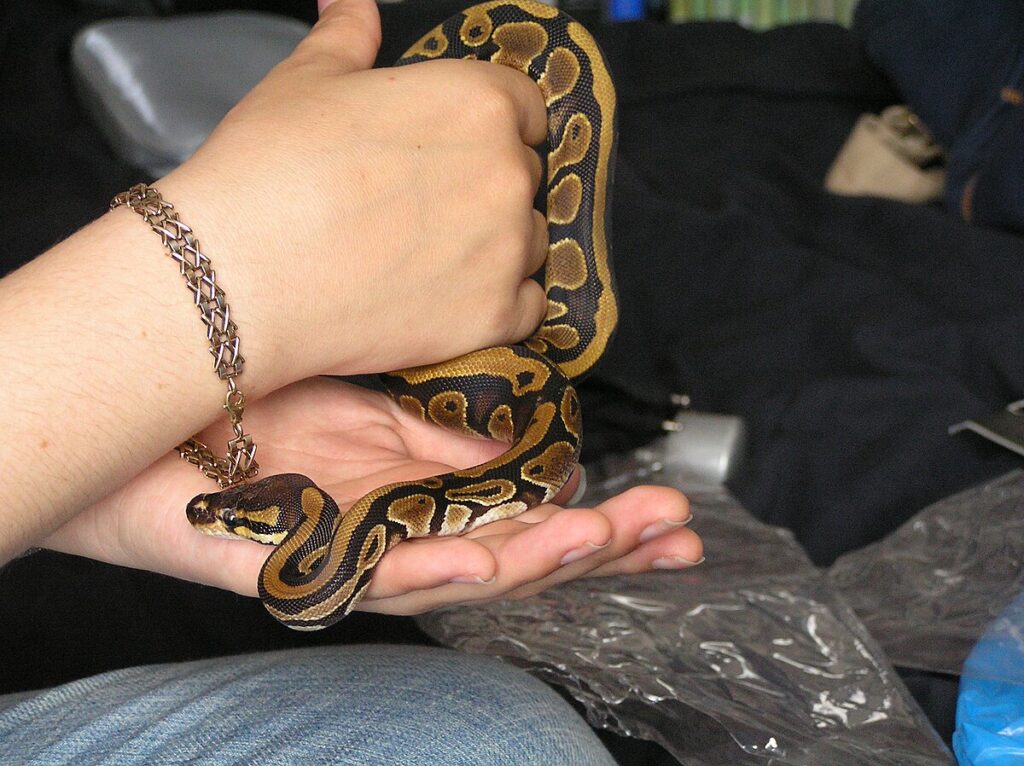
Understanding snake cognition starts with acknowledging the fundamental differences between reptilian and mammalian brains. Snakes possess what scientists call a “primitive” brain that lacks a neocortex—the area responsible for higher cognitive functions in mammals. This neurological difference has historically led researchers to assume snakes have limited cognitive abilities compared to mammals like dogs or cats. Their brain structure evolved primarily to process sensory information, locate prey, avoid predators, and find mates, rather than to form social bonds. However, recent studies have challenged the notion that a neocortex is required for all forms of learning, memory, and recognition, suggesting that alternative neural pathways might enable more complex behaviors in reptiles than previously thought.
How Snakes Perceive Their World
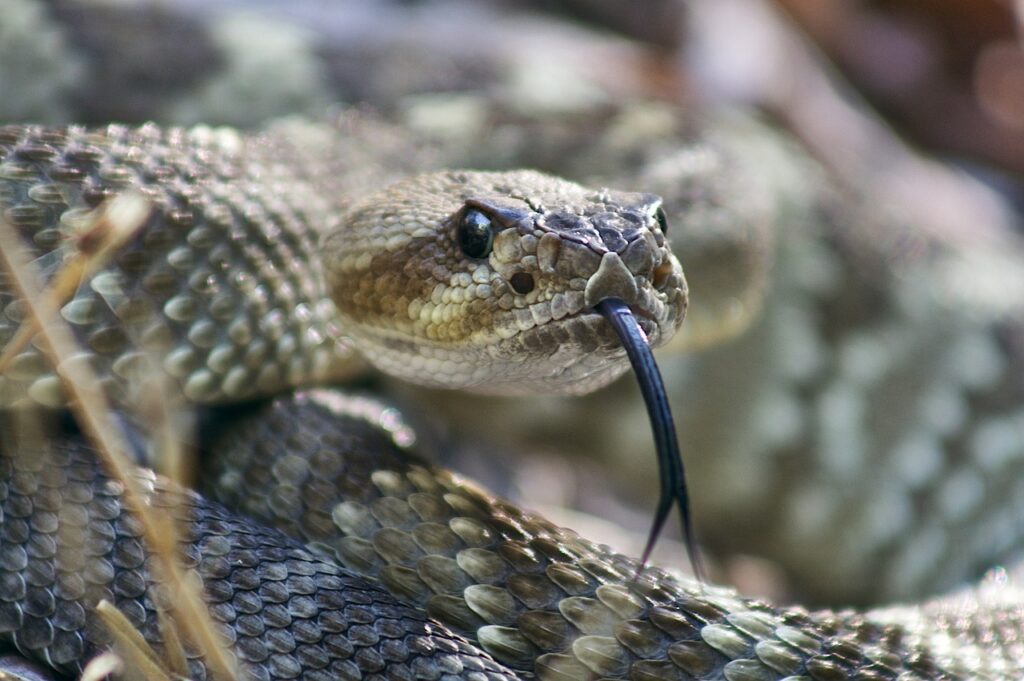
Snakes experience their surroundings through a sensory framework dramatically different from our own, which affects how they might recognize their owners. Many species rely heavily on their vomeronasal organ (Jacobson’s organ) to “taste” chemical signals in the air through tongue flicking, a process far more sophisticated than human smell. Some snakes, particularly pit vipers, have heat-sensing pits that detect infrared radiation, allowing them to create thermal images of their environment. Visual acuity varies among species, with some having good vision and others relying less on sight. Additionally, snakes can detect vibrations through their bodies, making them sensitive to movements around them. This unique sensory toolkit means that if snakes do recognize owners, they’re doing so through a perceptual world vastly different from our own.
Research on Reptilian Learning and Memory
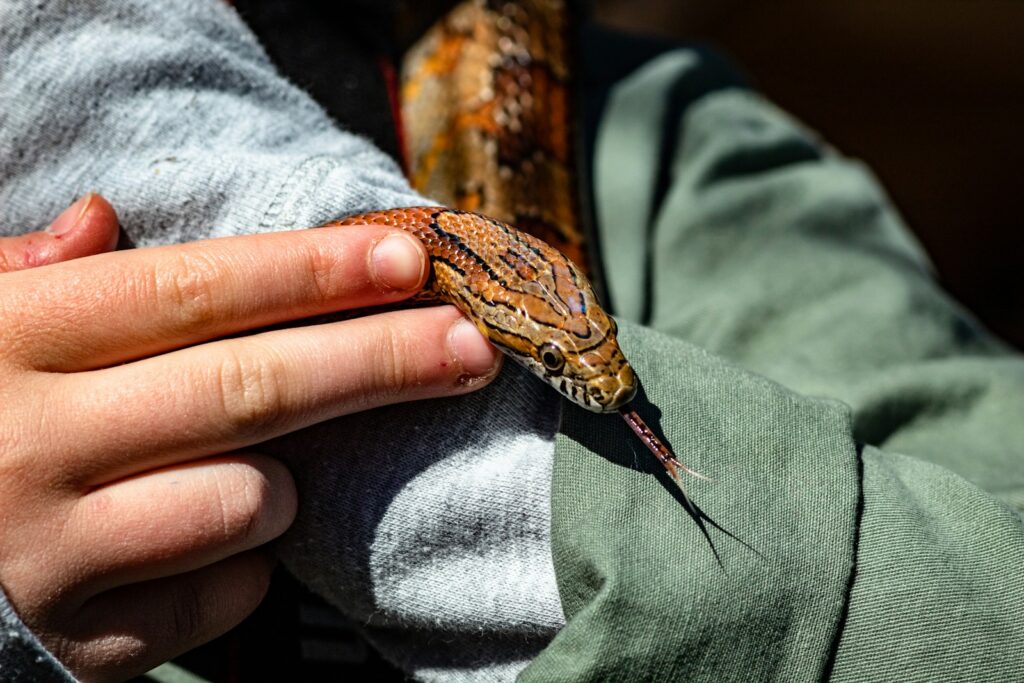
Scientific studies have demonstrated that snakes possess more sophisticated learning and memory capabilities than previously believed. Research has shown that many snake species can learn spatial tasks, remember feeding locations, and even develop conditioned responses to certain stimuli. In controlled experiments, corn snakes successfully navigated mazes and remembered solutions to these puzzles for weeks afterward, demonstrating impressive spatial memory. Ball pythons have been observed distinguishing between familiar and unfamiliar environments, showing clear preferences for areas they know. These findings challenge the outdated view that reptiles operate purely on instinct and suggest that the neural mechanisms supporting learning and memory in snakes may be more developed than once thought. Such cognitive abilities form the necessary foundation for any potential owner recognition.
Evidence of Individual Recognition in Snakes
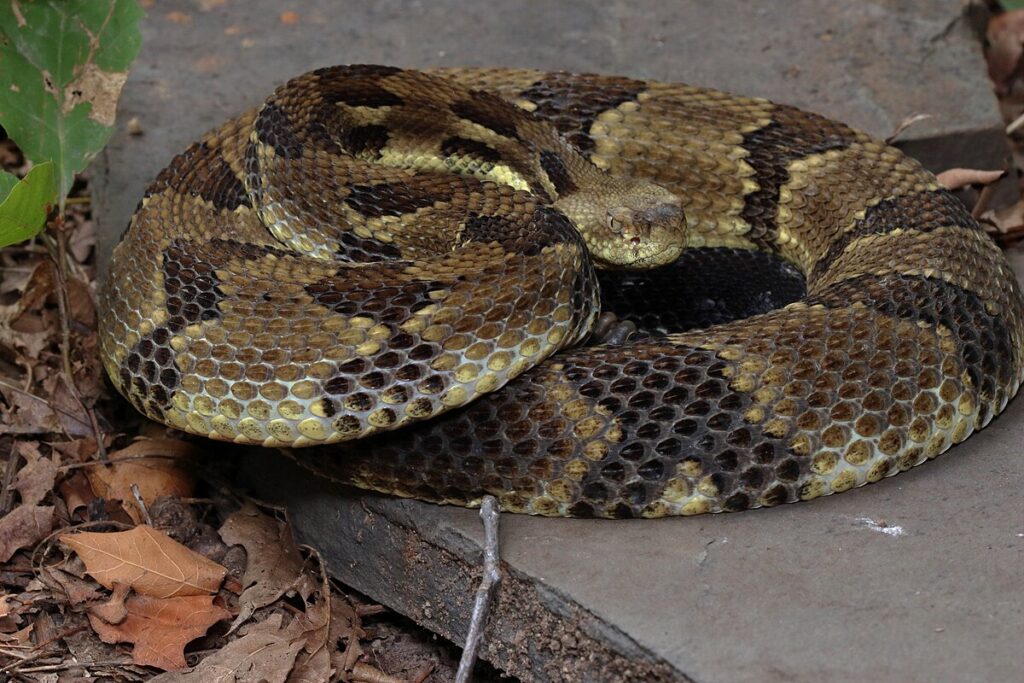
Emerging research provides compelling evidence that some snake species can recognize individual conspecifics (members of their own species), which represents a cognitive stepping stone toward potential owner recognition. Studies with garter snakes revealed they can distinguish between their own odor trails and those of other snakes, demonstrating a form of self-recognition. Timber rattlesnakes have been observed forming long-term associations with specific individuals in communal denning sites, returning to the same social groups year after year. Research with captive corn snakes has shown they can differentiate between familiar and unfamiliar snakes based on chemical cues. These findings suggest that snakes possess the neurological framework necessary to recognize distinct individuals, though recognition of humans would likely involve different sensory pathways and learning mechanisms.
Behavioral Responses to Regular Handlers
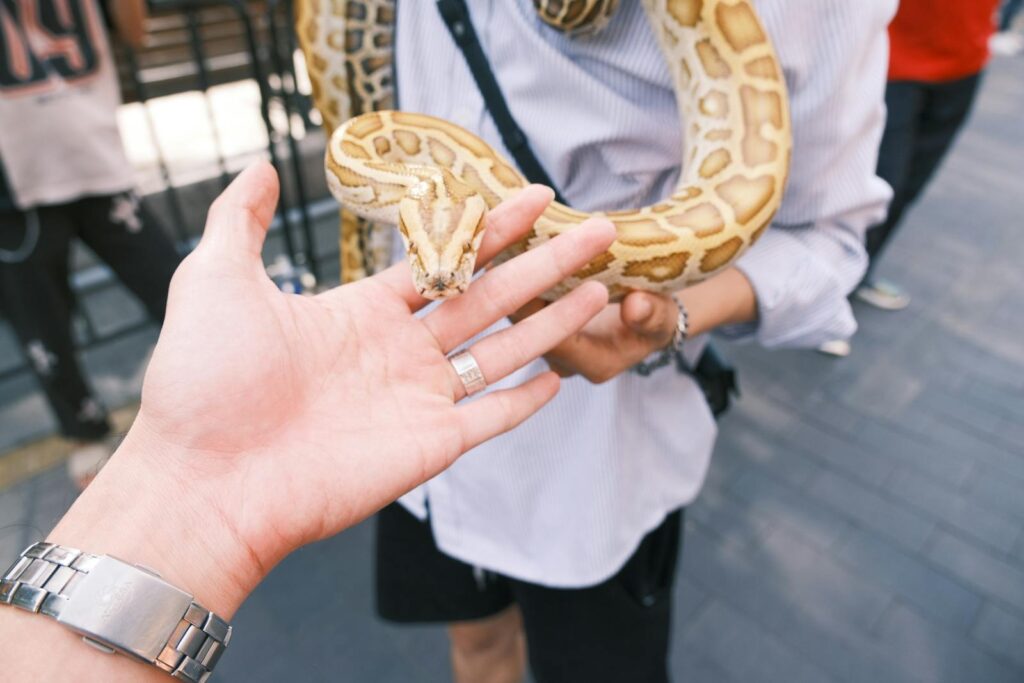
Many experienced snake keepers report noticeable differences in how their snakes respond to them versus strangers, providing anecdotal evidence for potential owner recognition. These behavioral differences often include reduced defensive posturing, more relaxed body language, and greater willingness to be handled when approached by their regular caretaker. Some snake owners observe that their pets show increased exploratory behavior when handled by familiar people compared to unfamiliar handlers. Professional herpetologists have documented that captive snakes in zoological collections often display measurably different stress responses when handled by their primary keepers versus unfamiliar staff members. While these observations don’t conclusively prove recognition in the way mammals might recognize owners, they suggest that snakes can differentiate between familiar and unfamiliar humans based on some perceptual criteria.
Chemical Recognition: Scent as an Identifier
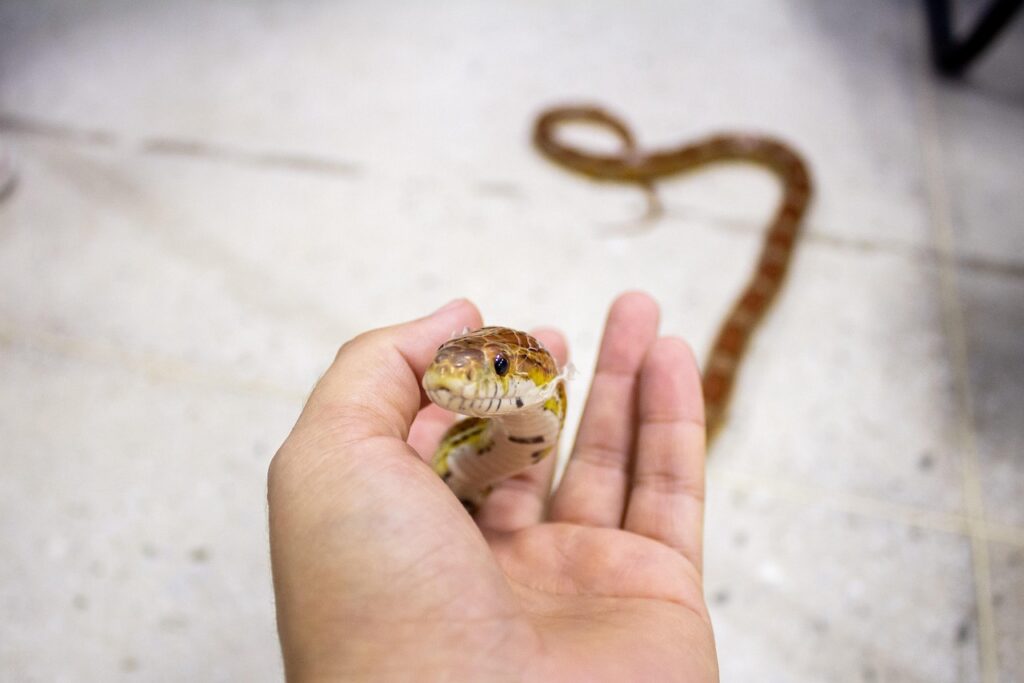
Chemical recognition represents one of the most plausible mechanisms through which snakes might identify their owners. Research has demonstrated that snakes possess an extraordinary ability to detect and discriminate between chemical signatures in their environment. Each human carries a unique chemical profile created by skin oils, pheromones, and even the products we use, providing snakes with a potential identifier more reliable than visual cues. Experimental studies have shown that some snake species exhibit different tongue-flicking rates when exposed to the scent of familiar versus unfamiliar humans, suggesting they can detect these differences. Regular handling creates repeated exposure to an owner’s specific scent profile, potentially allowing snakes to develop a form of chemical familiarity that influences their behavioral responses. This chemical recognition pathway offers a scientifically plausible explanation for what snake owners often interpret as personal recognition.
Thermal Recognition Possibilities

Thermal recognition represents another fascinating potential mechanism for how certain snake species might differentiate between individuals. Pit vipers, boas, and pythons possess specialized heat-sensing organs that allow them to detect minute differences in temperature with remarkable precision. Every human body presents a unique thermal signature based on factors like circulation patterns, body composition, and metabolic rate. Research has shown that these thermosensitive snakes can detect temperature differences as small as 0.001°C, theoretically giving them the ability to distinguish between different people based solely on their heat profiles. Some herpetologists hypothesize that frequent handling may allow these snakes to associate specific thermal patterns with neutral or positive experiences, potentially contributing to what appears to be owner recognition. Though direct studies on thermal recognition of human handlers remain limited, this sensory pathway offers another plausible explanation for observed behavioral differences.
Associative Learning and Conditioning

Associative learning likely plays a crucial role in how snakes respond to their owners, even if true recognition isn’t occurring. Studies have demonstrated that snakes can form associations between specific stimuli and outcomes, such as linking certain handling techniques with either positive experiences (gentle handling, feeding) or negative ones (rough manipulation). Through repeated positive interactions, snakes may associate their owner’s scent, thermal signature, or handling style with food rewards or non-threatening experiences. This classical conditioning process can create what appears to be recognition but might more accurately be described as learned association. Research with corn snakes has shown they can be conditioned to approach specific visual or olfactory cues associated with food rewards, suggesting similar mechanisms might operate in owner interactions. This form of learning doesn’t necessarily require complex cognitive abilities but can still produce behaviors that resemble personal recognition.
Differences Among Snake Species
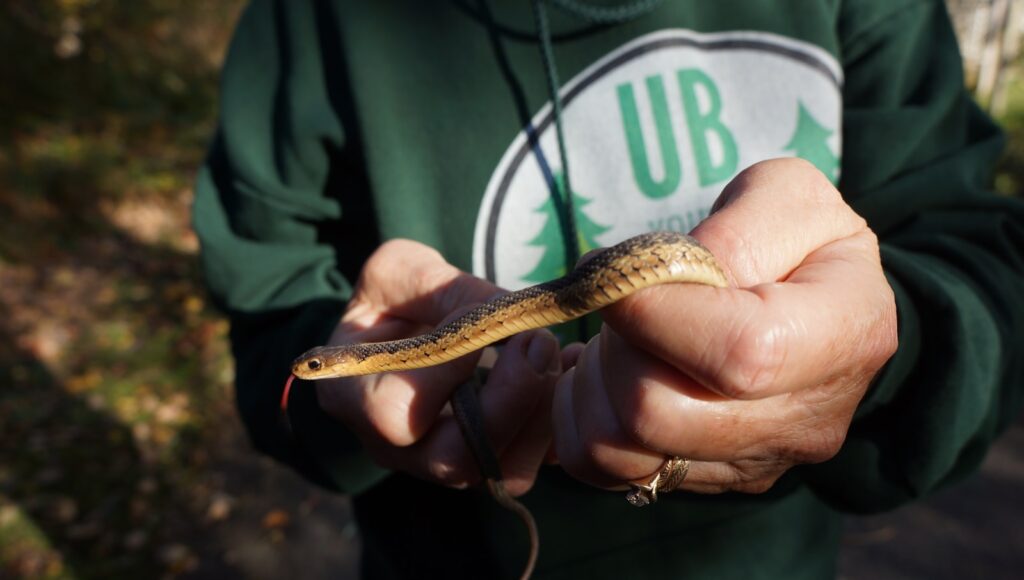
The capacity for owner recognition likely varies significantly across different snake species, reflecting their diverse evolutionary histories and ecological niches. More social species, such as garter snakes that naturally aggregate in hibernacula, might possess enhanced abilities to distinguish between individuals compared to solitary hunters. Advanced predatory species like boas and pythons, which have evolved sophisticated sensory systems for tracking prey, may have neural frameworks that facilitate better recognition of recurring environmental features, including human handlers. Diurnal species with good vision, such as many colubrids, might rely more on visual cues for potential recognition compared to primarily nocturnal species. Captive-bred snakes raised with regular human interaction from hatching may develop different recognition capabilities than wild-caught specimens. These species-specific differences highlight why broad generalizations about snake recognition abilities remain problematic in scientific discussions.
Common Misconceptions About Snake Behavior

Several persistent misconceptions about snake behavior often cloud discussions about their cognitive abilities and potential for owner recognition. Many people mistakenly interpret a snake’s calmness during handling as affection rather than tolerance or habituation to a non-threatening stimulus. Another common misconception is that a snake approaching its owner is showing affection, when it’s more likely exploring a familiar scent or seeking warmth. Some owners anthropomorphize normal behaviors like tongue flicking (which gathers environmental information) as expressions of excitement or happiness at seeing them. Additionally, many incorrectly believe that all snake species possess similar cognitive abilities, when in reality, significant variation exists between different taxonomic groups. Understanding these misconceptions helps create a more accurate framework for interpreting observed behaviors that might suggest recognition.
The Role of Habituation Versus True Recognition
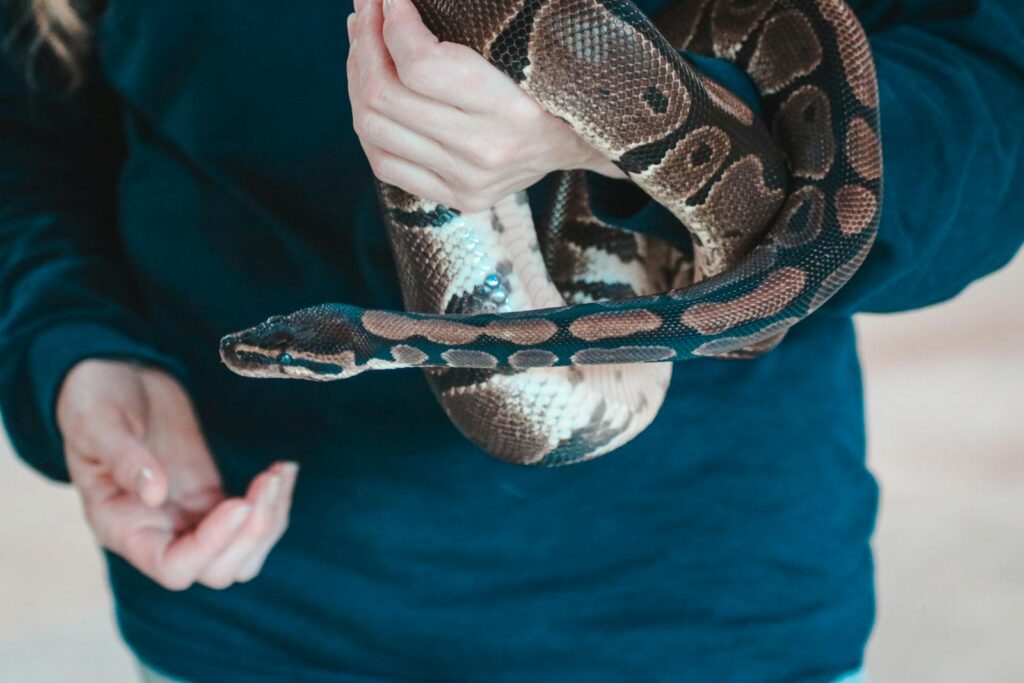
Scientists continue to debate whether snakes’ apparent recognition of owners represents true individual recognition or simply sophisticated habituation. Habituation—the decreased response to a repeated stimulus that poses neither threat nor benefit—offers a more parsimonious explanation for many observed behaviors than true recognition. Through repeated handling sessions where nothing negative occurs, snakes may simply become desensitized to human interaction generally rather than recognizing specific people. True recognition would require the snake to distinguish between different human handlers and consistently respond differently to its primary caretaker. Some research suggests that what appears to be specific recognition might actually be category-based habituation, where snakes respond differently to broad categories (familiar handlers versus strangers) rather than identifying specific individuals. Distinguishing between these mechanisms requires carefully controlled studies that few researchers have undertaken specifically with reptiles.
Practical Implications for Snake Owners
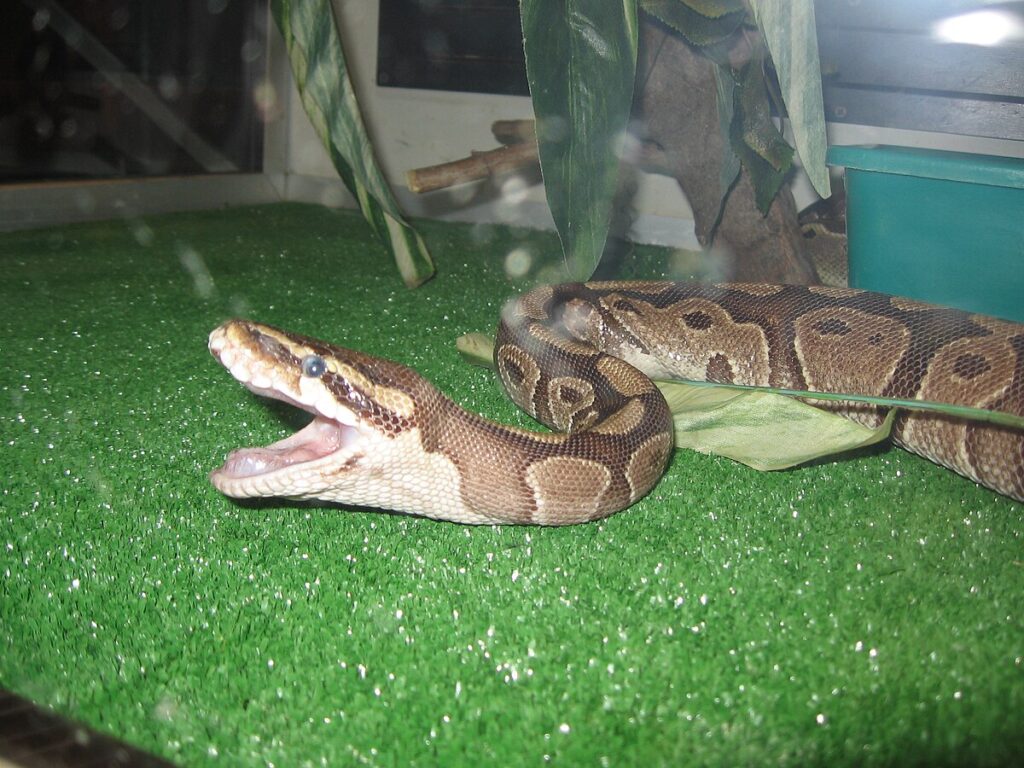
Understanding the science behind potential snake recognition has practical implications for how owners interact with their scaled companions. Consistency in handling techniques becomes particularly important if snakes primarily recognize owners through behavioral patterns and handling styles rather than visual identification. Regular, gentle interaction helps create positive associations, potentially improving a snake’s response to its owner regardless of whether true recognition occurs. Owners should recognize that approaching their snake from above (mimicking predator behavior) may trigger defensive responses even in animals that otherwise appear to “recognize” them. Maintaining consistent scents by avoiding frequently changing perfumes or soaps may help snakes identify their regular handlers through chemical cues. Perhaps most importantly, respecting that snakes experience the world differently from mammals helps owners set realistic expectations about the nature of their relationship with these fascinating reptiles.
Future Research Directions
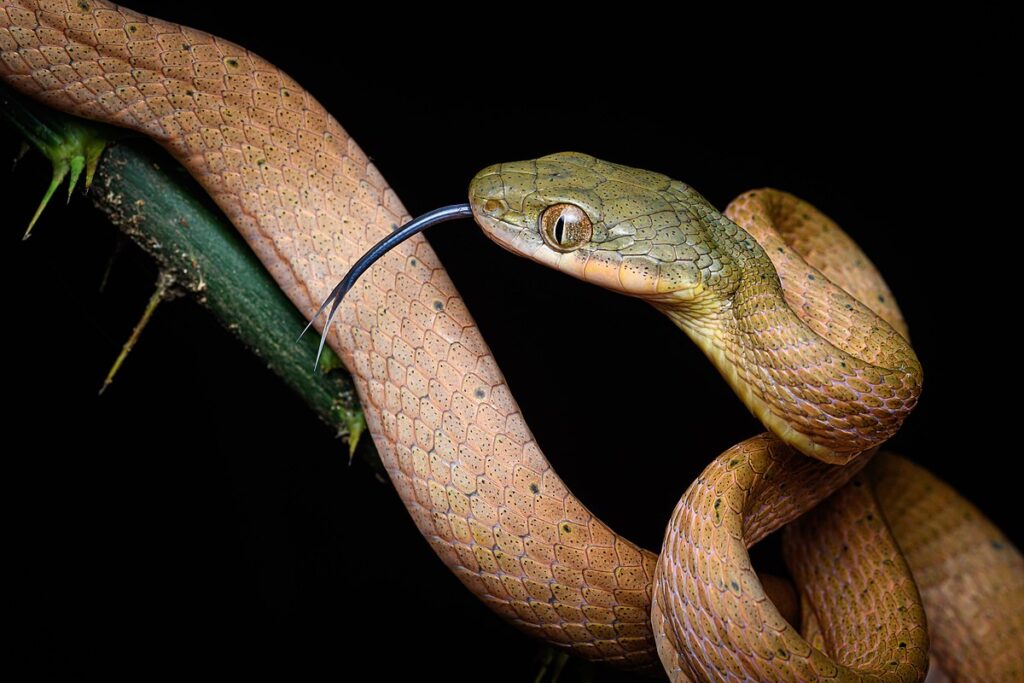
The field of reptile cognition holds tremendous potential for future scientific exploration, particularly regarding snake recognition abilities. Controlled studies using advanced neuroimaging techniques could help identify which brain regions activate when snakes encounter familiar versus unfamiliar handlers, potentially revealing neural mechanisms of recognition. Research employing chemical discrimination tests with owner-scented and stranger-scented objects could provide more definitive evidence about olfactory recognition capabilities. Longitudinal studies tracking behavioral changes in snakes from hatchling to adulthood with consistent handlers might reveal developmental aspects of recognition formation. Cross-species comparative studies examining recognition abilities across different snake families could highlight evolutionary patterns in these cognitive capacities. As research techniques advance and scientific interest in reptile cognition grows, our understanding of snake recognition abilities will likely become significantly more nuanced and evidence-based.
The question of whether pet snakes recognize their owners doesn’t have a simple yes or no answer. Current scientific evidence suggests that snakes possess more sophisticated cognitive abilities than previously believed, including impressive learning and memory capabilities. While they likely don’t recognize owners in the same way dogs or cats do, snakes appear capable of distinguishing between familiar and unfamiliar handlers through some combination of chemical cues, thermal signatures, and associative learning. The behaviors that many owners interpret as recognition may represent a complex mix of habituation, conditioned responses, and possibly some form of true individual recognition operating through sensory systems vastly different from our own. As research continues to explore reptile cognition, we may discover that these ancient creatures possess more sophisticated recognition abilities than currently understood, further deepening the mysterious and fascinating bond between humans and their serpentine companions.


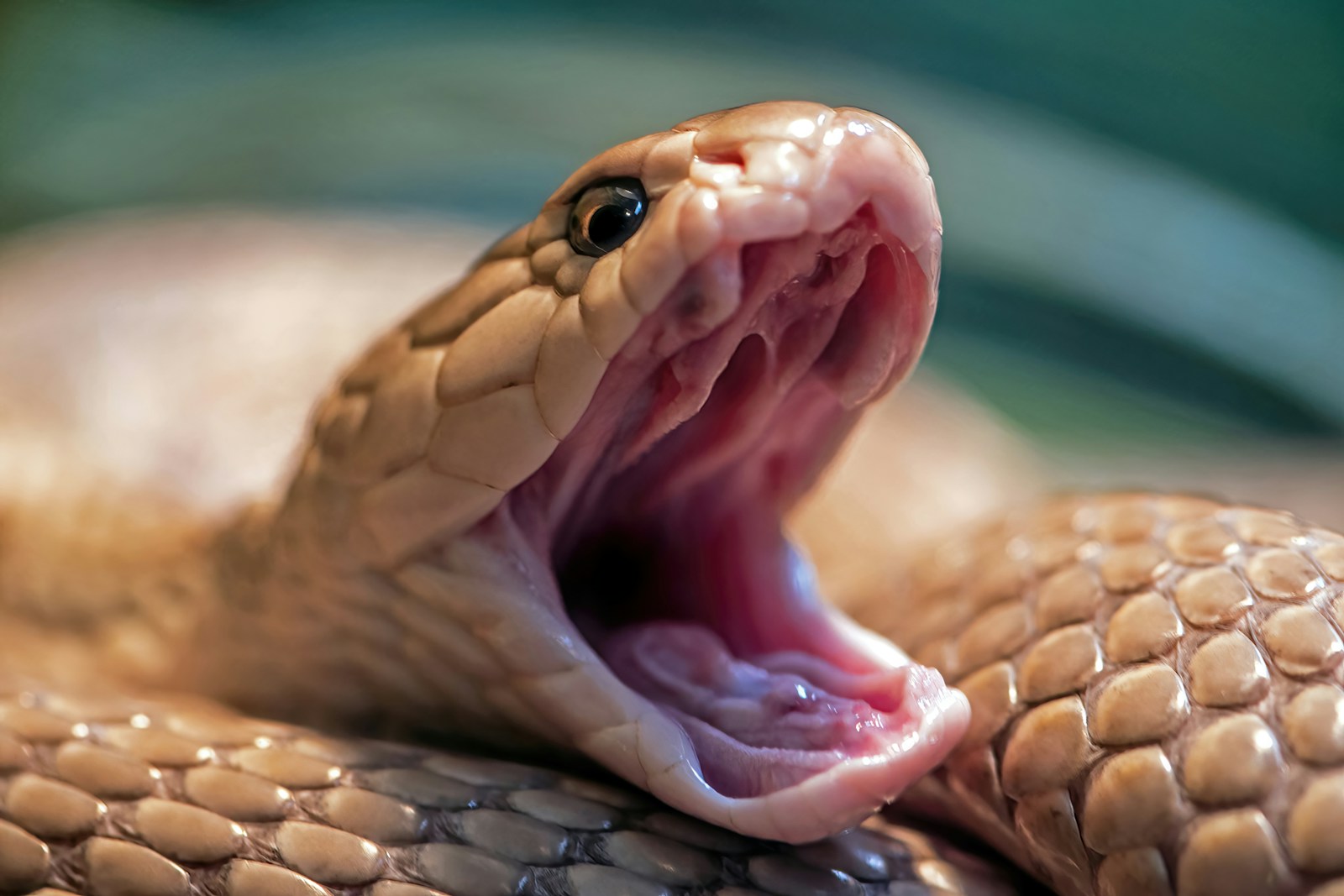

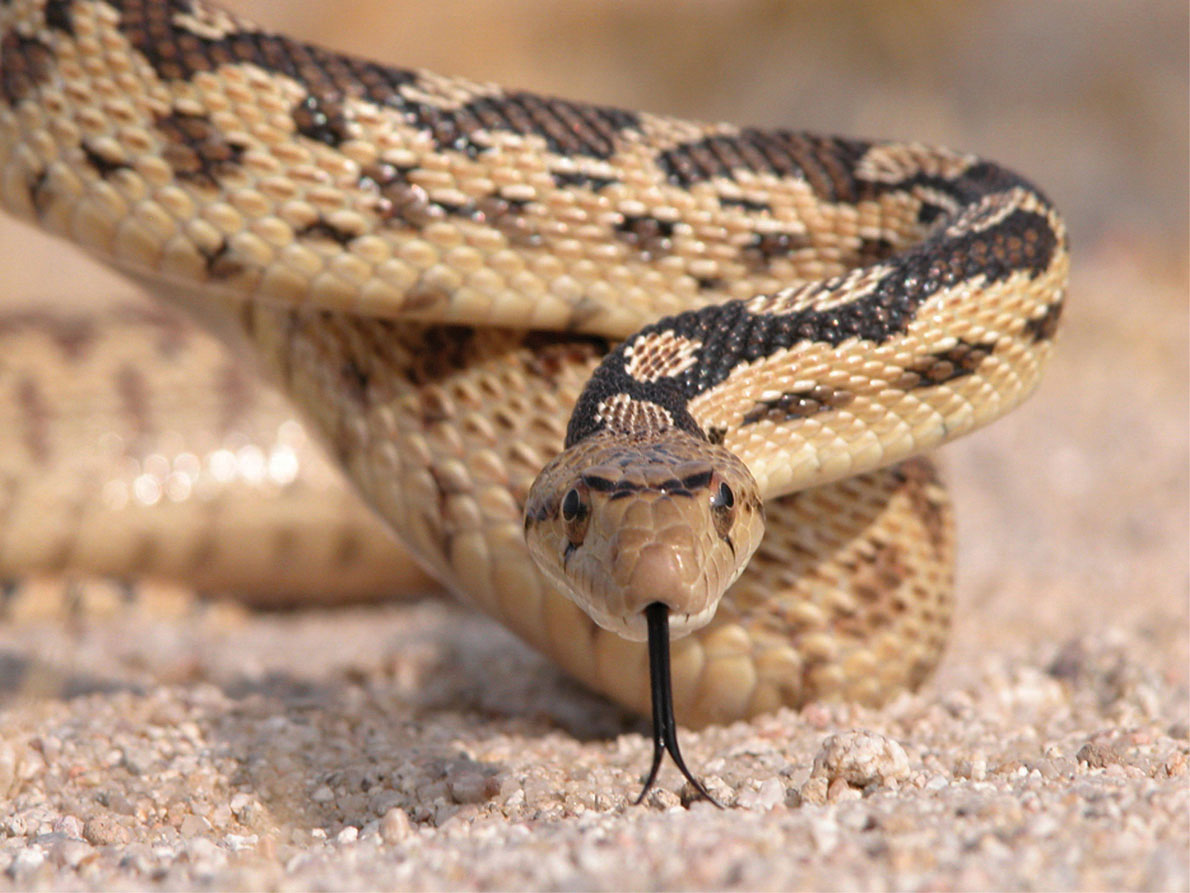
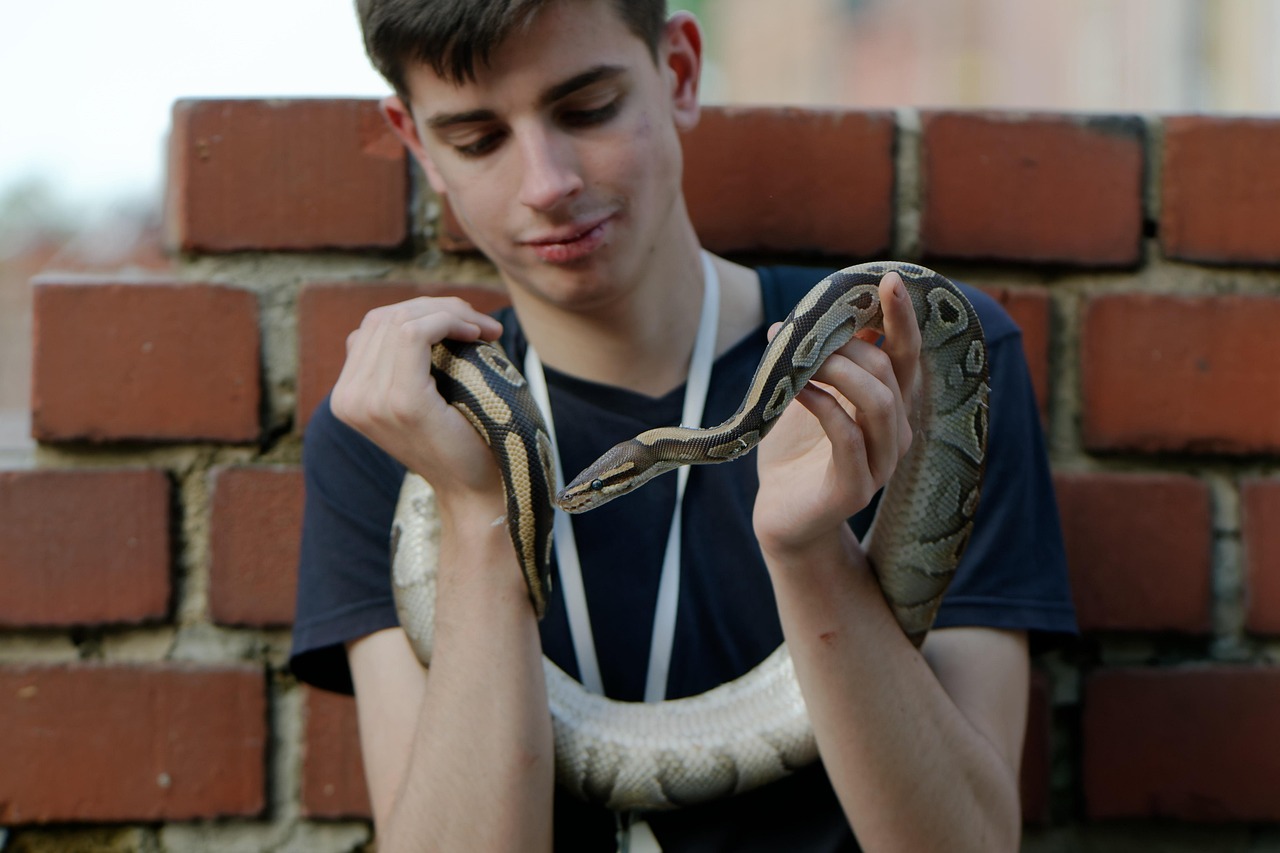
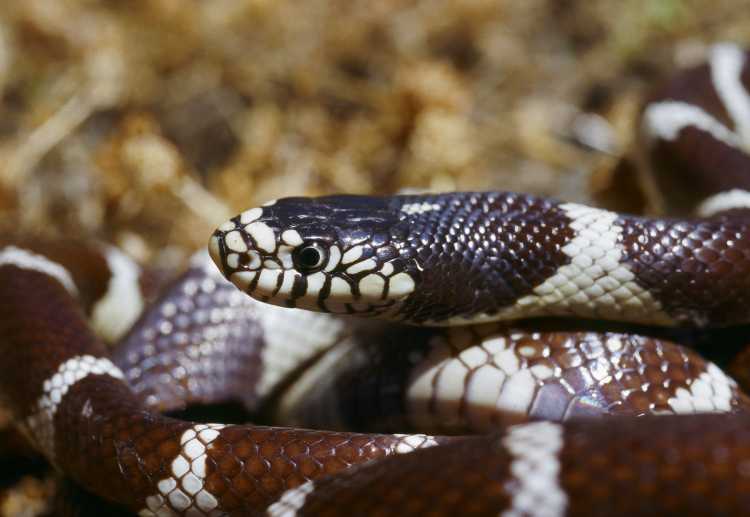
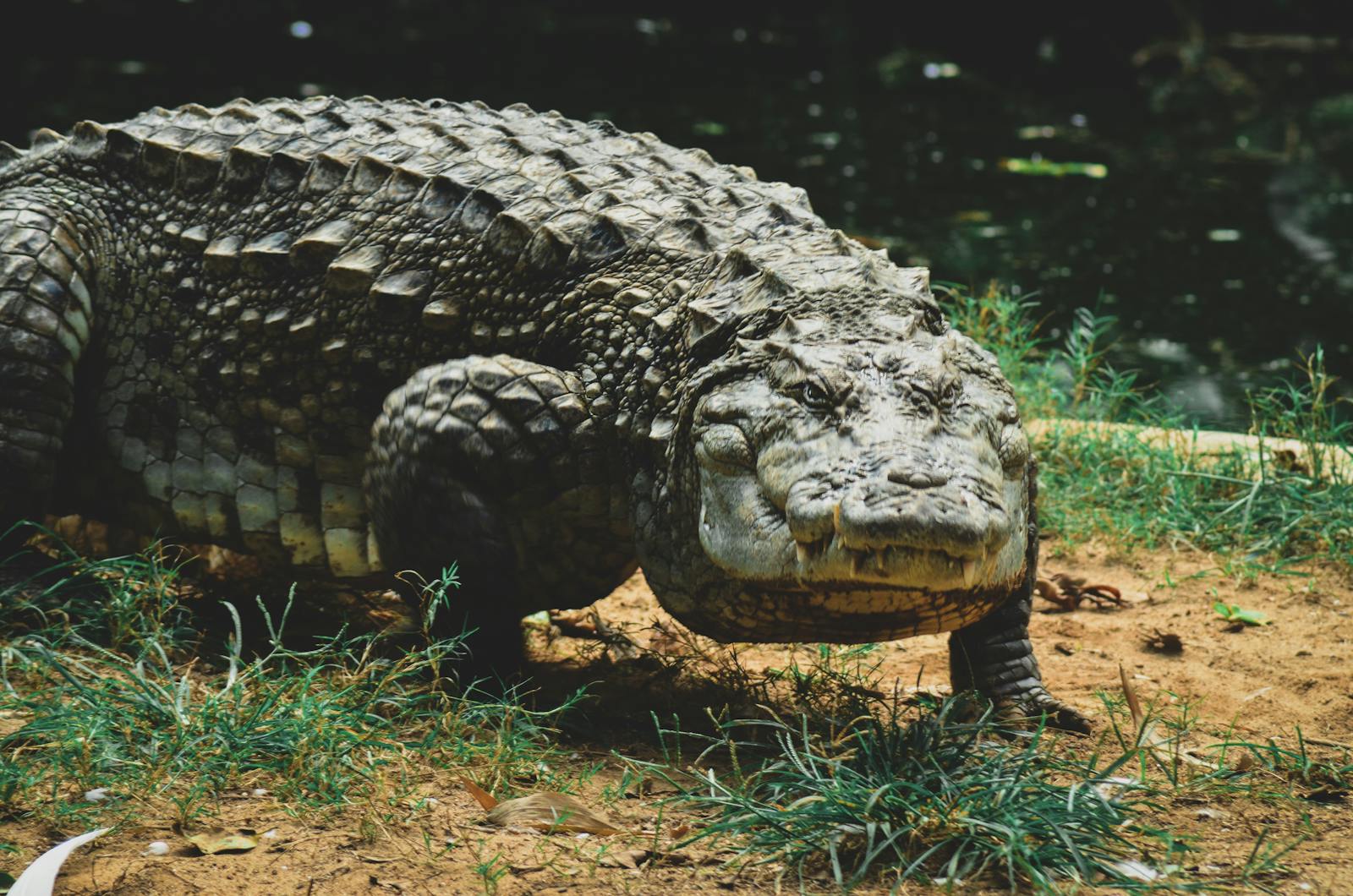
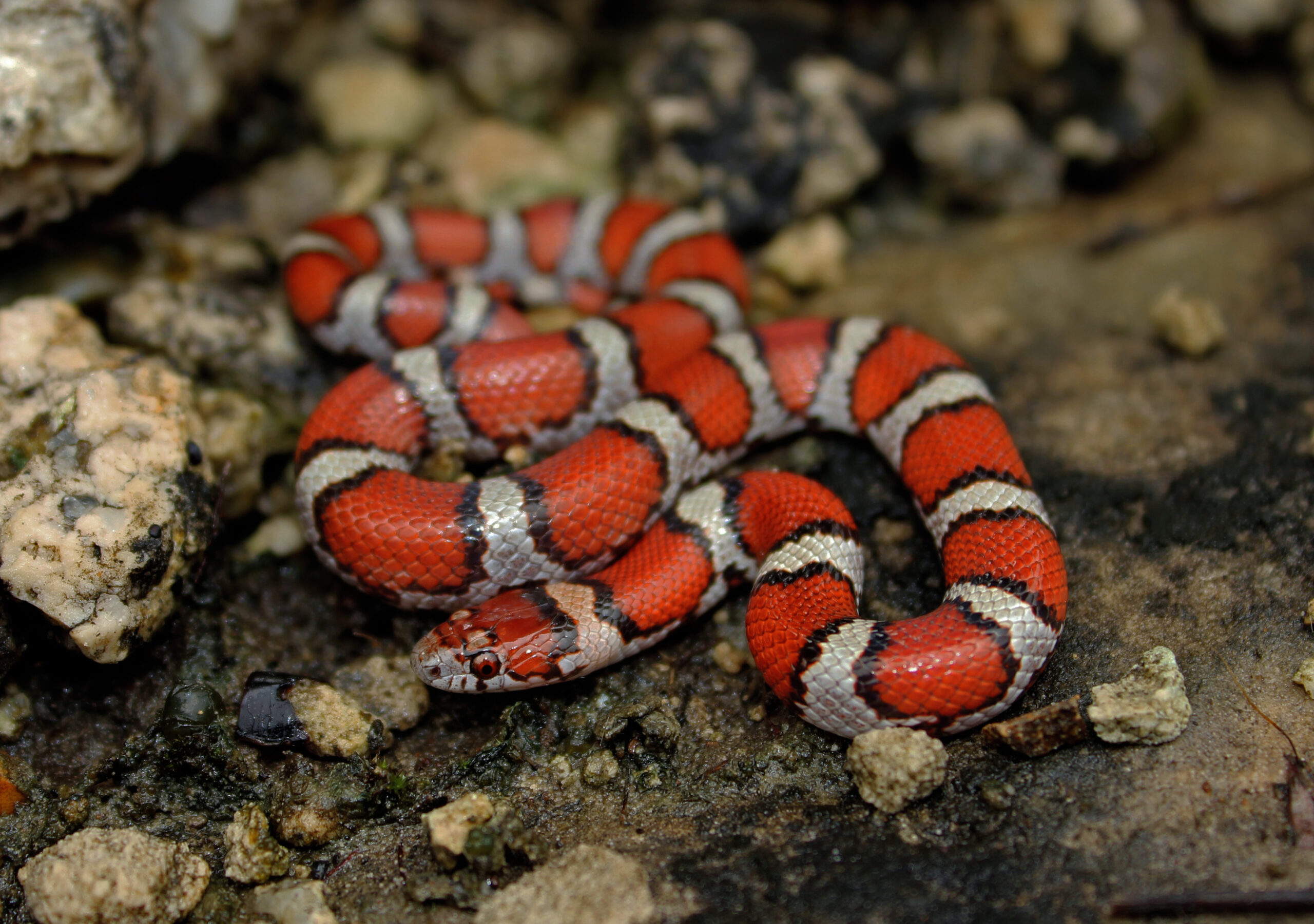







Leave a Reply